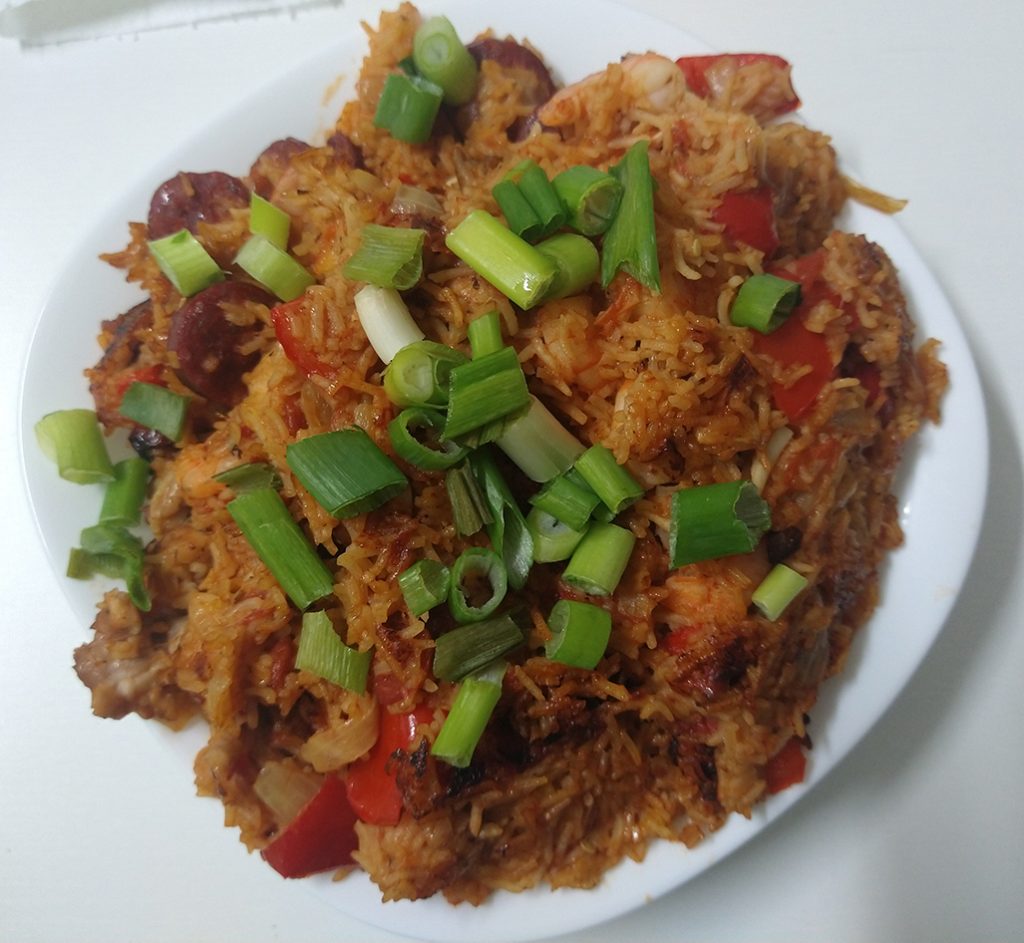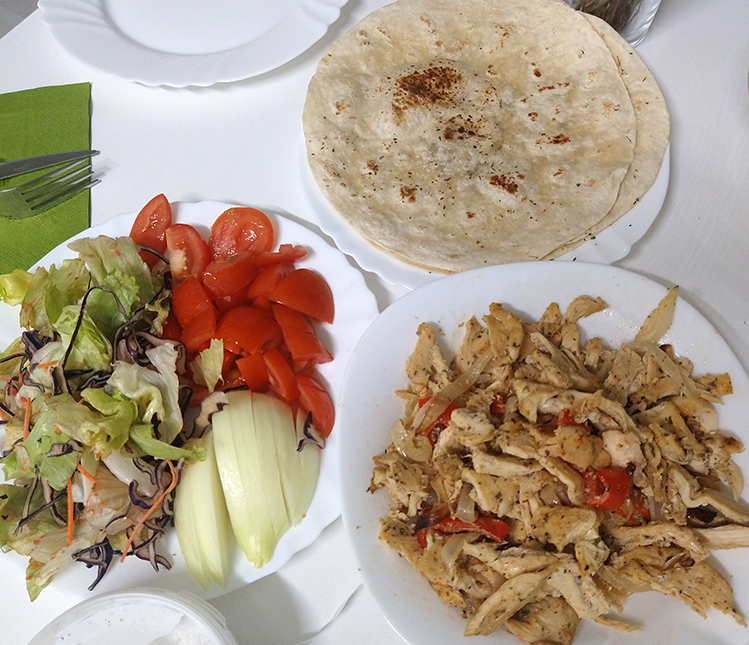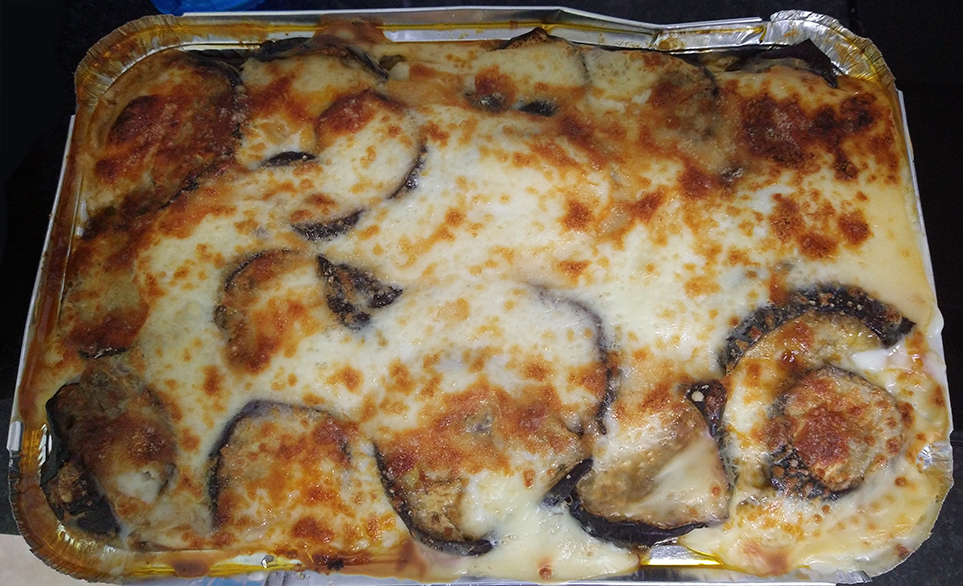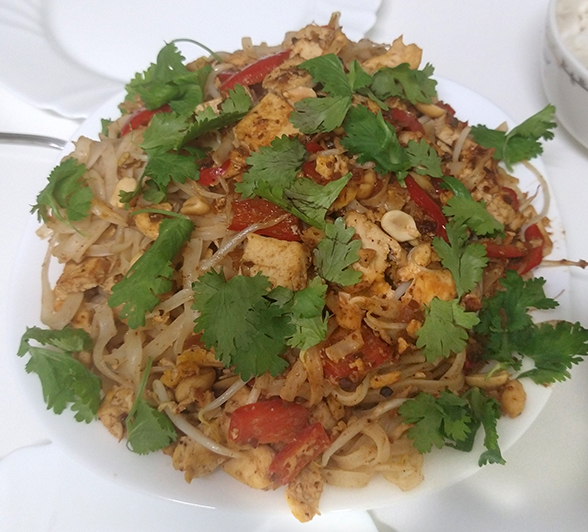I’m contributing to a class on data-driven digital transformation in the coming semester. For this then, I have to be updated with the latest research on data.
Data governance and digital innovation: A translational account of practitioner issues for IS research – discusses the main challenges of data governance and potential research themes for the IS community:
- Ensuring that data governance protects organizations without hindering innovation
- Finding the repertoires of mechanisms for data governance
- Apart from designing them, understanding the enactment of data governance
- Understanding how organizations can implement digital services even when the data assets are in flux
The role of data for AI startup growth – With the proliferation of generative AI like ChatGPT and Midjourney which have been built generally with public data, the primary way that new startups can differentiate themselves is by training their algorithms with proprietary data. This study verifies that, for AI startups, having proprietary training data is positively correlated with obtaining future VC funding.
Interoperability in the era of digital innovation: An information systems research agenda – Being involved in Open Science and FAIR data, one of the top issues is interoperability which refers to the ability to exchange and understand information from another system. The review provides an excellent overview of the challenges of interoperability and how to increase it (what unit of analysis, which actor is involved and whether it is at the level of IT, data or software). To guide researchers, the review also recommends areas to further study including its conceptualization, scoping and methodology.
The Digital Revolution, 3D Printing, and Innovation as Data – previously, firms “innovated from data” – acquiring and analyzing various consumer data to guide their innovation activities. However, “innovation as data” is reversing this where consumers use digital tools to transform data into innovative products.
Organizations Decentered: Data Objects, Technology and Knowledge – quite a difficult paper given my lack of knowledge in such tradition, It argues that data objects are becoming more prominent, increasingly influencing how organizations work especially in their processes of knowing. This then leads to the decentering of organizations where the relation of domain knowledge over data production becomes looser and internal versus external references are reordered.
Legitimating Illegitimate Practices: How Data Analysts Compromised Their Standards to Promote Quantification – fascinating study of how data analysts made previously illegitimate practices such as using hacky code, not holding out samples and using inaccurate data more acceptable. They did this by standardizing these practices, instantiating the practices in their technology platforms and educating collaborators in various meetings.

















